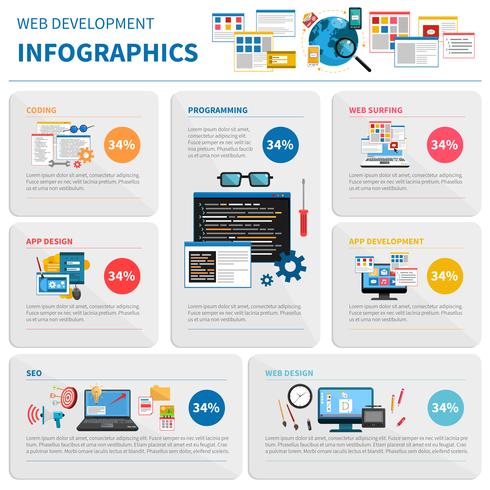Fundamental Facets Of Website Design: Standards For Developing A User-Centric Site
Fundamental Facets Of Website Design: Standards For Developing A User-Centric Site
Blog Article
Post Written By- visit this page
When it involves internet site design, making certain user-friendliness is crucial. From responsive layout to streamlined navigating, every component plays a vital duty in developing a site that accommodates your target market's requirements. But what about the better details that can make or damage a user's surfing experience? Keep tuned as we uncover some often-overlooked ideas that can elevate your site's functionality to the following degree, making it really stand apart in the digital landscape.
Value of Responsive Style
Responsive style is a vital aspect of contemporary internet site advancement. Ensuring your internet site is receptive means that it can adapt to different display dimensions and devices, offering a seamless experience for customers.
With the raising use of mobile phones and tablets to access the net, having a responsive design is crucial for getting to a bigger audience. It aids in boosting user experience by making your website very easy to browse and read on any type of tool.
In addition, receptive style can positively impact your internet search engine rankings, as online search engine like Google focus on mobile-friendly web sites. By having a receptive layout, you're additionally future-proofing your web site, as brand-new devices with varying screen sizes continue to arise.
Simplify Navigating Structure
To improve user experience and facilitate easy accessibility to information on your site, improving the navigation framework is vital. When creating your website, focus on developing a clear and intuitive navigating food selection that helps site visitors discover what they're searching for quickly.
best managed wp hosting of menu products to the basics, grouping associated web pages together to avoid frustrating customers. Use detailed tags that clearly show the web content of each web page, making it easier for individuals to understand where each web link will certainly take them.
Consider carrying out dropdown menus for subcategories to prevent jumbling the main navigation bar. Furthermore, include a search bar prominently on the page for users that favor looking for certain information.
Prioritize mobile responsiveness in your navigation style to make sure easy access on all gadgets.
Enhance Page Tons Speed
Improving page load rate is important for preserving site visitors on your web site. Slow-loading pages frustrate customers and can result in high bounce prices. To enhance page tons speed, beginning by enhancing photos. Compress images without compromising top quality to decrease their data sizes.
Additionally, make it possible for browser caching to store frequently accessed sources in your area, accelerating tons times for returning visitors. Minify CSS, JavaScript, and HTML data by getting rid of unnecessary characters, comments, and format, enhancing lots rate.
Think about using a material shipment network (CDN) to distribute your web site's material across multiple servers worldwide, minimizing latency for individuals accessing your website from different locations. Finally, restrict using third-party scripts and plugins, as they can dramatically affect tons times.
Verdict
To conclude, by integrating receptive design, simplifying navigating, and enhancing web page load rate, you can create a straightforward internet site that interest a wider audience and improves individual experience. These essential elements guarantee that site visitors can quickly access and browse your website across different devices, causing boosted engagement and satisfaction. By focusing on these vital aspects, you can develop an effective web site that keeps customers coming back for even more.
